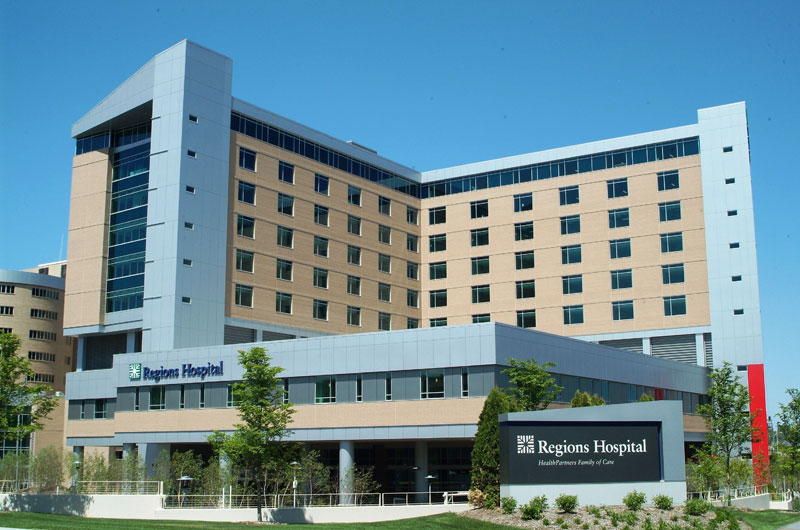
My theological journey reflects very little exposure to liberation theology. To me, it is a relatively new and yet incredibly challenging theological voice concerned less with systematic organization of theological concepts and more with discerning what it means to serve a God who consistently chooses to act on behalf of the oppressed. As someone who has grown up in a Christian family in the United States, any time I have reflected on matters of spirituality or theology, I have always done so from a place of privilege. I have never once wondered where my next meal will come from or struggled to survive and for that I am incredibly thankful. However, that is not the case for hundreds of millions of others. Theology sounds different coming from a person in dire poverty on the margins of society than someone in a place of power and wealth. And yet both the poor, powerless Christian and the rich, powerful Christian sit in a place of equality before God and within his kingdom. To my discredit, I have never taken the time (until recently) to listen to the voices of my brothers and sisters whose perspectives on many issues - God, the church, the economy, justice, politics, etc - are very different from those I am most accustomed to hearing. The book pictured above is one of my first steps toward being a better listener to those who honestly and passionately work toward a world where the poor and powerless are seen and treated as people of great importance.
The two authors could not be more different. Father Gustavo Gutierrez is Dominican priest in his late 80's from the hills of Peru who wrote one of the 'founding documents' of liberation theology - Theology of Liberation: History, Politics, & Salvation - over 40 years ago. This work would later be a pivotal text in the life of a young Duke college student named Paul Farmer as he struggled through how to respond to the staggering poverty around the world. Farmer would eventually obtain a medical degree from Harvard, a PhD in anthropology, complete a residency in internal medicine/infectious disease, and found a NGO called Partners in Health (PIH). Dr Farmer has spent the majority of his career working in the most impoverished places on the planet including Haiti, Rwanda, Russia, and Mexico. The motto of PIH is offering a "preferential option for the poor," language taken directly from Gutierrez's work nearly a decade earlier. Gutierrez did not hold an academic position until he was recently offered a position at Notre Dame University. These two men from diverse backgrounds and disciplines forged a friendship that has lasted several decades and in this book offer a dialogue on a topic near and dear to both of them.
Books like this challenge me to ask better questions and to live more faithfully my calling as an orthopedic surgeon. What does the story of the kingdom of God say to the practice of medicine, both stateside and in developing countries? What place do the poor have in both the story of God and how does that decision impact people's attitudes, healthcare policies, and the response of the church? The answers given in the book are their opinions, many of which are incredibly controversial. However, these two men's lives are evidence of their commitment and concern for the 'least of these' in our world. As I read their words, I hear a calling to a life of far more discipline and faithfulness than I have been willing to commit to. Hint: You may see several subsequent posts on thoughts from this book in the not too distant future as I wrestle with what this means for me. :)
.JPG)















































